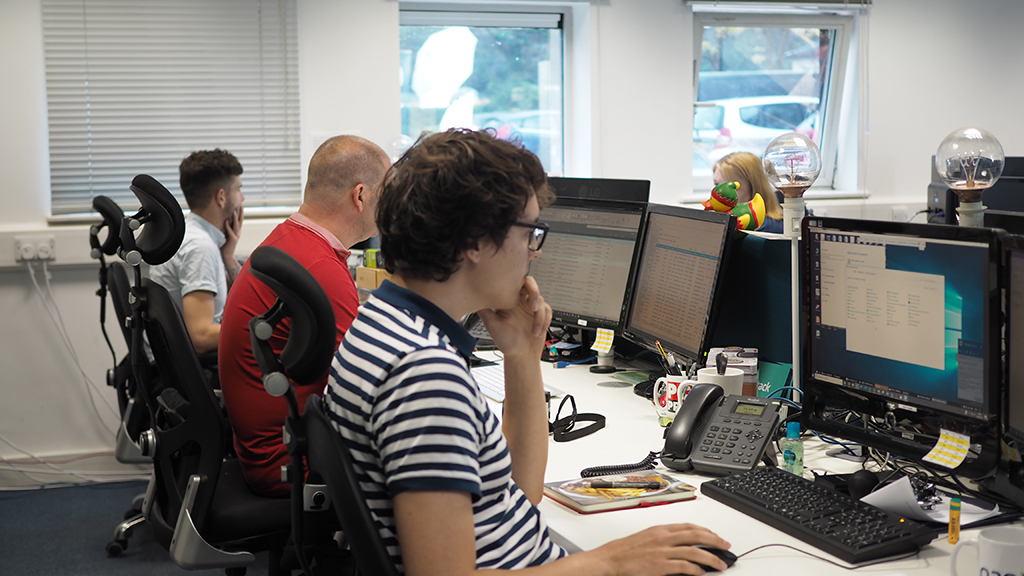With life as fast-paced as it is, it’s often frustrating when things – especially technology – don’t work immediately.
With Google returning answers on web users’ online queries in less than one second, it’s fair to say we’ve become accustomed to this ‘in the moment’ way of living. But this sense of digital urgency has contributed to breeding higher levels of technical expectation among employees, meaning when something doesn’t happen instantly, we can become very easily distracted.
Turn it off and on again
At the end of a busy working day, what do you usually do before leaving the office?
You might give your desk a quick spruce up and write a list or two, but you’ll likely shut down your computer in preparation for using it again the following day. But are you really turning your device off properly and giving it what we call ‘a proper rest?’
What is ‘Fast Startup’?
In a nutshell, the ‘Fast Startup’ feature in Windows 10 is designed to reduce the length of time it takes your computer or laptop to start up. However, while it does indeed accelerate this process, it isn’t without its pitfalls…
While your computer may look like it’s shutting down, it’s only partially doing so. In truth, it’s entering a hibernation state, which means that the next time you reboot your system, it will happen super-quick.
Why do I need to know about it?
We’ve spoken before about the need to install crucial Windows updates – to keep machines running quickly and safely – but did you know the ‘Fast Startup’ function could, in reality, be preventing any from actually taking place?
That’s because some updates require a full system reboot to be applied, and if your device isn’t getting its full beauty sleep, this could allow things to get ugly – and negatively affect your machine’s performance and security.
Wait, where was I?
Being distracted by a machine that has sluggish loading and processing times or an attempted cyber-attack, can impact your productivity – and therefore need to be avoided at all costs.
What do I need to do?
There’s nothing wrong with having the ‘Fast Startup’ feature enabled – as long as you’re regularly restarting your computer to allow updates to be adopted – but be mindful that unless you change this in the settings, this option is auto-selected.
We know that a fast power-up is a highly attractive prospect when you don’t have enough hours in the day, but to ensure your system is getting the updates as and when it needs, it might be an idea to do a full reboot during breaks and lunchtimes – or even a Friday afternoon before going home. You could even auto-schedule this to happen at a time which suits you.
That way, it never becomes a pain point in your working day, and your device gets the TLC it needs to run at its best.
If you’d like to find out how to disable the setting and enforce a proper shut-down every time you click the power button, take a look at this article.
If you’re still a little unsure about this Windows quirk and would like to have a chat with our friendly techies, give us a call on 01524 581690, email us hello@q2q-it.com or pop in – the kettle’s always on at Q2Q!



